Market Growth Projections
The Global Feed Phytobiotics Market Industry is on a trajectory of substantial growth, with projections indicating a market value of 1.93 USD Billion in 2024 and an anticipated increase to 4.36 USD Billion by 2035. This growth is underpinned by a compound annual growth rate (CAGR) of 7.71% from 2025 to 2035, reflecting the increasing adoption of phytobiotics in animal feed. The market dynamics suggest a robust demand for natural feed additives, driven by factors such as regulatory support, technological advancements, and a growing focus on sustainability. These projections highlight the potential for phytobiotics to play a pivotal role in the future of animal nutrition.
Growing Awareness of Animal Welfare
The Global Feed Phytobiotics Market Industry is significantly influenced by the increasing awareness of animal welfare among consumers and producers alike. As society becomes more conscious of ethical farming practices, there is a rising demand for feed solutions that promote animal health and well-being. Phytobiotics, known for their natural properties, are perceived as a humane alternative to traditional feed additives. This shift in consumer sentiment is likely to encourage livestock producers to adopt phytobiotics, thereby expanding their market share. The alignment of animal welfare with phytobiotic use presents a compelling case for growth in this sector.
Regulatory Support for Phytobiotics
The Global Feed Phytobiotics Market Industry benefits from favorable regulatory frameworks that promote the use of phytobiotics in animal feed. Governments and regulatory bodies are increasingly recognizing the advantages of natural feed additives, leading to the establishment of guidelines that facilitate their approval and use. This regulatory support not only enhances the credibility of phytobiotics but also encourages research and development in this sector. As a result, the market is poised for growth, with stakeholders likely to invest in innovative phytobiotic solutions that comply with evolving regulations, thereby expanding their market presence.
Rising Demand for Natural Feed Additives
The Global Feed Phytobiotics Market Industry experiences a notable surge in demand for natural feed additives, driven by increasing consumer awareness regarding animal health and food safety. Livestock producers are increasingly seeking alternatives to synthetic additives, which has led to a growing preference for phytobiotics derived from plants. This shift is reflected in the projected market value of 1.93 USD Billion in 2024, with expectations to reach 4.36 USD Billion by 2035. The compound annual growth rate (CAGR) of 7.71% from 2025 to 2035 indicates a robust trend towards natural solutions in animal nutrition.
Increased Focus on Sustainable Agriculture
Sustainability is becoming a cornerstone of modern agriculture, significantly impacting the Global Feed Phytobiotics Market Industry. As consumers demand more environmentally friendly products, livestock producers are adopting sustainable practices, including the use of phytobiotics. These natural additives not only improve animal health but also reduce the environmental footprint associated with livestock production. The growing emphasis on sustainability is likely to drive market growth, as producers seek to align with consumer preferences and regulatory expectations. This trend suggests a promising future for phytobiotics, as they offer a viable solution to meet the demands of sustainable agriculture.
Technological Advancements in Phytobiotic Production
Technological innovations play a crucial role in enhancing the efficiency and efficacy of phytobiotic production within the Global Feed Phytobiotics Market Industry. Advances in extraction techniques, formulation methods, and delivery systems are enabling manufacturers to develop more potent and bioavailable phytobiotic products. These improvements not only enhance the performance of phytobiotics in animal feed but also contribute to cost-effectiveness, making them more accessible to livestock producers. As technology continues to evolve, it is expected that the market will witness an influx of innovative products that cater to the specific needs of various animal species, further driving market growth.


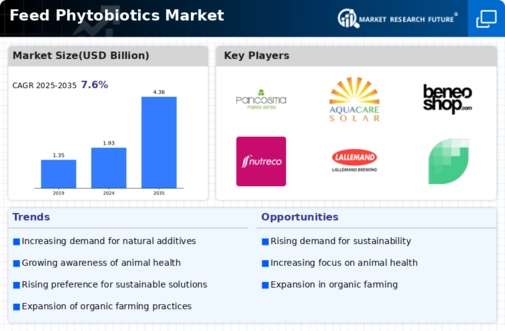
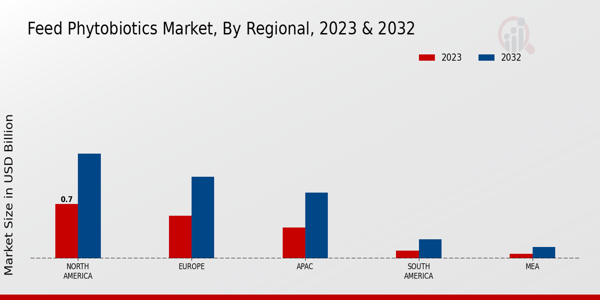
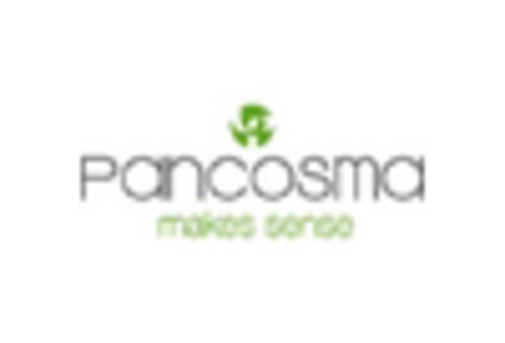

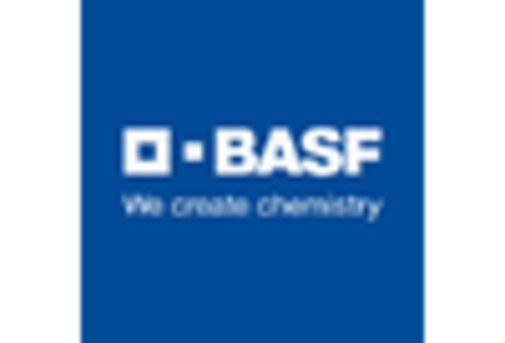



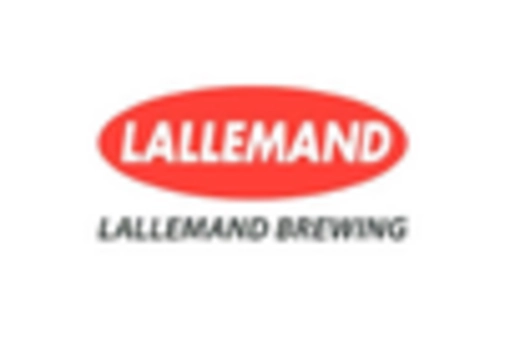


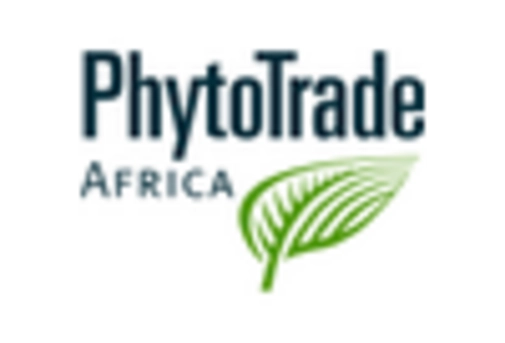
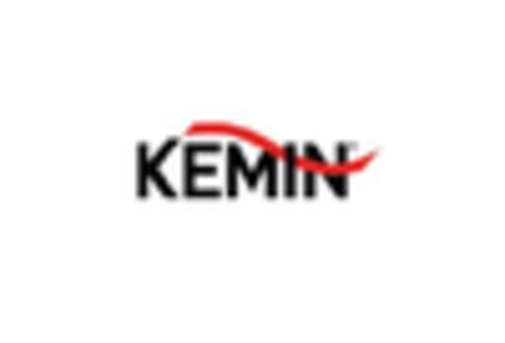









Leave a Comment